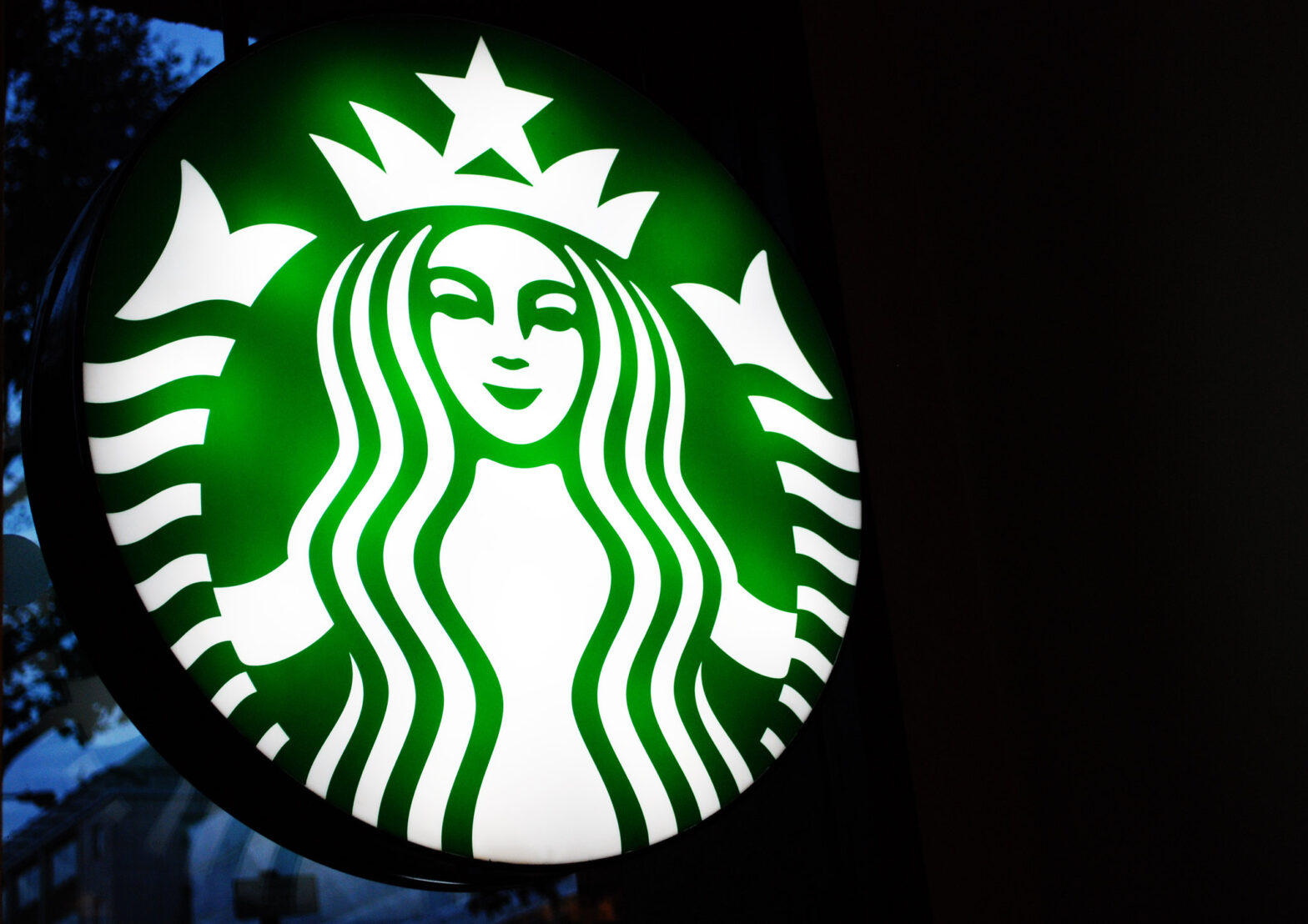By Elizabeth Secor
After a half-day strike on March 22, the unionized employees of a Starbucks at Rio Grande Boulevard and I-40 say management has promised to work on adding more staff and negotiating on pay and benefits.
“The strike was actually organized as a nationwide effort …putting pressure on Starbucks to negotiate contracts with us,” said Madz Dazzo, a Rio Grande store employee and organizer of the strike.
According to Dazz, the strike was over issues that have been piling up across the nation. These include hours being cut and constantly being short-staffed.
Since their efforts began in 2021, Starbucks employees have unionized more than 250 locations nationwide. James Montalbano, an attorney at Youtz & Valdez, P.C., which represents unions and wage workers, explained how unions form in the private sector.
“First, you have to establish the Union, and in the private sector, there has to be an election that you win,” Montalbano said. “And then (it goes) okay, you’re now what’s called the certified bargaining agent. You are the exclusive representative of this group of employees.”
About 10% of American workers are members of unions. That number has been going down since 1983, when unions were at their peak.
“After World War II, it made it so that the employer can go after unions. The United States has always been anti-union,” Montalbano said when discussing why unions have gone down.
About 51% of American’s had favorable views on labor unions, according to a study conducted by Pew Research Center in 2013. According to Montalbano, when the Taft-Hartley Act was enacted in 1947, it let employers go after unions for unfair labor practices. This, coupled with corruption in unions and a ruling in 2018 by the supreme court that said public employees did not have to pay union dues, has led to the decline.
There are some legality issues behind union busting versus the Taft-Hartley Act. The U.S. Senate Committee on Health, Education, Labor, and Pensions questioned former CEO Howard Schultz about allegations of union-busting during a March 29 hearing.
According to coverage by CNN, Schultz denied the allegations and said Starbucks “has not broken the law.”
Montalbano said many times while employees try to unionize, employers will adhere to put a stop to it with various tactics. According to Montalbano, they will say things like, “We’re a good company, don’t, don’t go form a union. We don’t want this third-party union coming in here and ruining our relationship.”
“That’s the whole point of unions is you can’t necessarily trust employer,” Montalbano said. “So an employer does everything it can to draw out the process and attack support for the Union,”
Dazzo said that once her store announced the petition to unionize and the vote passed, the store started seeing repercussions.
“Since we announced our petition to unionize, our store hours have gone from opening at 4:30 a.m. and closing at 10 p.m. to opening at 5:30 a.m. and closing at 9 p.m.,” Dazzo said.
Workers have also had their hours cut. Dazzo said she went from working close to 36 hours down to 20 hours, which brings her close to losing her benefits.
“It has definitely come close because in order for us to maintain our benefits, we have to have an average of 20 hours a week. And it’s about 240 hours every three months,” Dazzo said. “…There are other partners at other unionized stores who have lost their benefits because of the hour cuts.”
Along with national goals for contract negotiations that employees hope come from the strike, Dazzo said there are goals for her Starbucks as well.
“So the immediate goals for it are to stop short staffing us… We’re super busy,” Dazzo said. “… I actually had a meeting with my manager today. And she did say that she’s trying to have more people on the floor with us during this. So, we already making an impact.”
